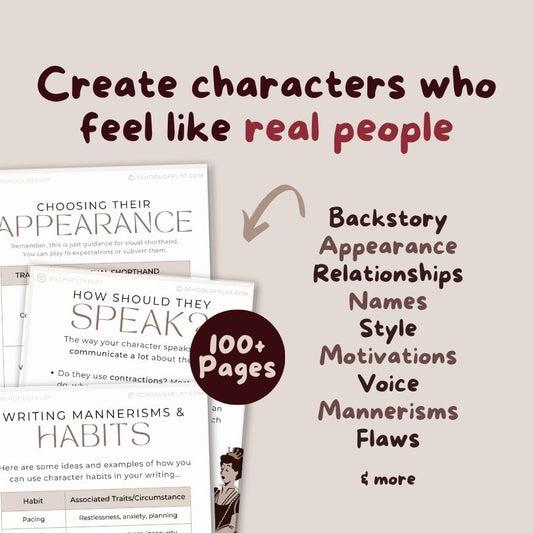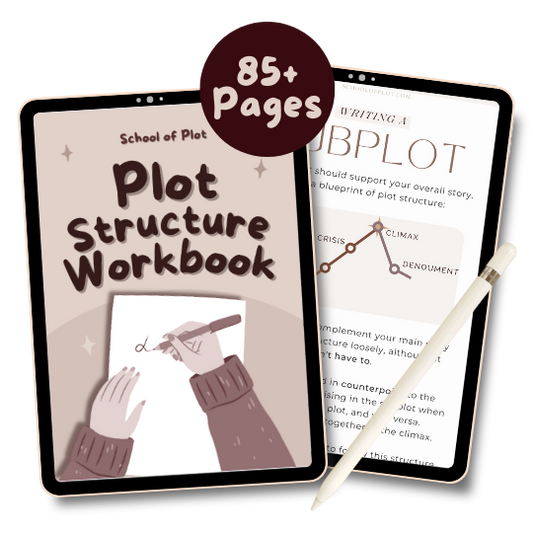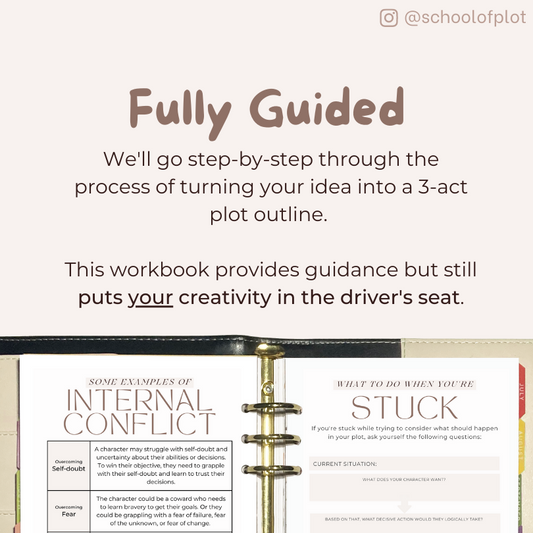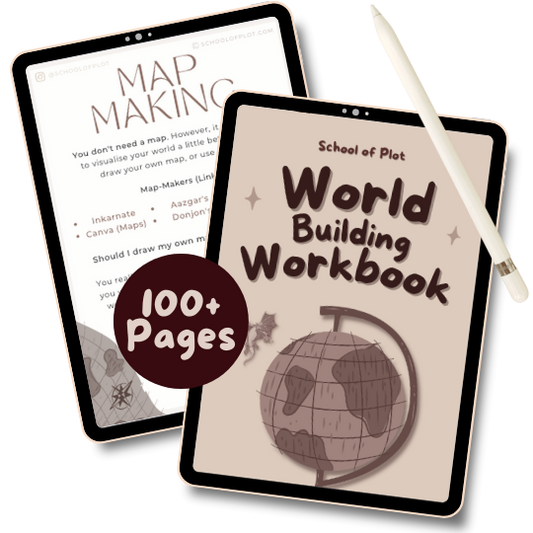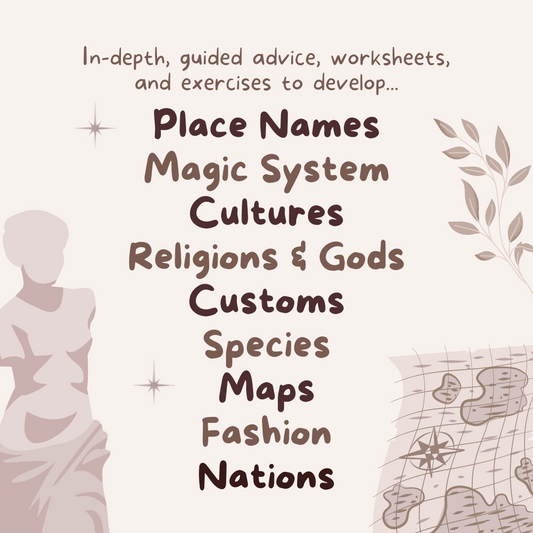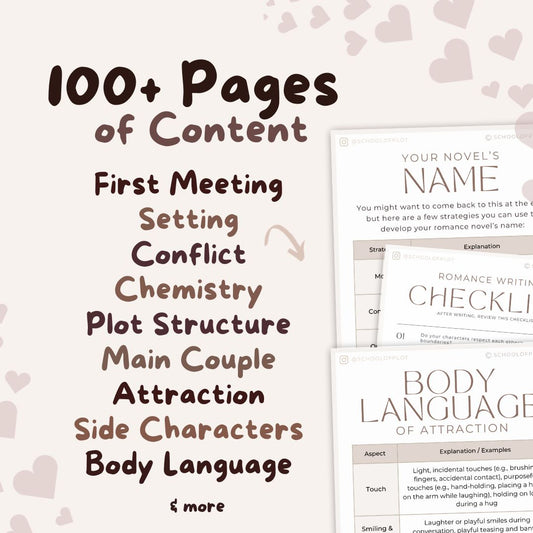At the risk of sounding like a LinkedIn guy at a networking brunch, first impressions count. Editors slog through hundreds of submissions, often making snap judgments based on the first few sentences. A killer opening line could win you a few more moments before the dreaded ‘After careful consideration’ email.
I asked some sharp-eyed lit mag editors what they look for in a first line. Their insights are a goldmine of practical tips to help you grab readers and editors with your story opening.
But theory only gets you so far. That’s why we’re rolling up our sleeves and dissecting the first line of my own flash fiction story, A Legacy of Moonwatching. With help from a fiction editor, we’ll pinpoint what works, what doesn’t, and how to apply those lessons to your writing. By the end, you’ll have loads of strategies to make your first lines sparkle.
Set the Tone
Many of the editors I spoke to said that a great first line should set the tone of the piece. Your opening sentence sets expectations for what’s to come, so make sure it carries the essence of your story.
Ask yourself, “What am I promising the reader?” Is it tension? Humor? A strange new world? Infuse your opening with that promise.
Tone comes through in your word choice, pacing, and rhythm. It might be in the way a narrator speaks, the mood of the scene, or the overall vibe.
Here are some practical ways to establish tone:
- Word choice: Swap generic terms for ones that evoke mood. “Glittering” conveys a different feeling than “harsh,” even if you’re describing the same light.
- Pacing: Short, punchy sentences suggest urgency or tension, while longer, flowing ones feel reflective or lyrical.
- Imagery: Use details that reinforce your tone. A “broken teacup” signals a different vibe than a “fractured champagne flute.”
Introduce Intrigue
Instead of starting with a direct question, create a situation or statement that implies one. Something that demands an answer will make sure your reader keeps reading.
Intrigue doesn’t mean vagueness. Your first line should raise questions, not confuse readers. Think of it like planting breadcrumbs: they don’t need to see the whole loaf yet but they should want to follow the trail.
Examples:
- Offer a surprising perspective: “I was glad to see my ex-husband dead.”
- Contrast setting with action: “The children played in the snow while the sirens wailed.”
- Create an incongruity: “It was the happiest day of his life but he couldn’t stop crying.”
Convey Voice
People love to chat about voice in writing workshops but what is it? And how do you convey it?
Voice is the filter through which your story is told—it’s the pacing, rhythm, word choice, and personality that make your writing feel distinct. It isn’t limited to dialogue. It’s present in every sentence, from the way you describe a setting to how you reveal backstory. It’s what makes your writing feel like you.
Whether the tone is witty, somber, satirical, or detached, it’s what makes the writing feel like it's coming from a particular point of view.
To develop a strong voice in your first line, ask yourself:
- What’s the emotional core of this story? (Playful, brooding, biting?)
- How does the narrator see the world? (Optimistic, cynical, detached?)
- What do I want readers to feel right now?
To give you an example, here’s the same opening delivered in two distinct voices:
- “Maggie had exactly three goals today: avoid her nosy neighbors, survive the church bake sale, and not set fire to the house. Again.”
- “Maggie stood outside the church, breathing in slowly, counting to ten like her counsellor had taught her. It was too soon. She wasn’t ready for the stares, the murmured questions about her father and his charred shell of a house.”
Critiquing My First Line
I showed my first line to Shay, editor at Vine and Parchment. Read her comments to get an idea of what to look out for in your own writing…
Word Choice: “I simplified this because “tearing” suggests panic to me, and I feel like the parents in this situation have their wits about them.”
Strong Verbs: “I wrestled initially with ‘came into’ because I thought perhaps there was a stronger verb to use here (infiltrated? traipsed through? terrorized?) and eventually decided what you had was the least intrusive option because it doesn’t say any more than it needs to.”
Clarity: “Are these town/church bells to warn people They’re coming, or a sound the monsters Themselves are making?”
Tone: “I think this is a strong first line in that it gives us all the information we need to have right off the bat (POV, tense, tone, setting, specific context).”
Here’s how the first line evolved…

I used Shay’s critiques to tighten up the first line. I wrestled about whether to add “warning” before church bells to clarify why the bells are there but I’m trusting that the next paragraph will clear that up.
I also changed the order so the sentences flowed into each other better, rather than sitting discordantly together.
‘As the clamour grew’ is new. I wanted to convey a growing panic as the creatures came through town but a big reason I added this was because rhythmically, it sounded better.
You can always read the full story here.
What Are Editors Looking For?
I reached out to the editors of some really cool literary magazines and asked them what makes a first line stand out. These are people who read more opening lines in a month than most of us read in a year, and they’re reading discerningly.
I’ve clipped these down to avoid overcrowding this piece but the full quotes are incredibly value-packed. Some of these editors were even generous enough to provide examples*. Click here to read all of them.
Please note that these quotes apply to poetry and prose fiction, so take what resonates with your work.
Brooke Randel, Prose Editor at Chestnut Review
"A line that makes the reader want more. That could mean creating tension, building urgency, setting an intriguing tone—there's no one way, just trial and error."
Chirag Desai, Founder/Editor at Frivolous Comma
“Bring the reader as quickly into your world as possible. This can be a short sentence, a clever turn of phrase, a descriptive opening that has painterly prose, or spoken dialogue.”
Jade Green, Editor-in-Chief of Oranges Journal
“Unpretentious – I don't like it when I can feel the writer trying to show me how clever they are.”
Ophelia Monet, Editor-in-Chief at Wildscape Literary Magazine
“Nothing makes me nod my head and hum ‘mhm’ quite like bitter, short phrasing (this is especially true for poetry). I love intro lines that cut.”
Sofia Ida Cestari, Editor-in-Chief at Eloquentia Magazine
“I’m sick of seeing cliché first lines, I want something intriguing that reasons with the tone of the book! I think it’s kind of like the essence of the book in one first sentence.”
Charlie Ho, Editor-in-Chief of Chartium
“Provocative, tense, yet intimate”
Seohyun Ryu, Editor-in-Chief at the Malu Zine
“Us editors focus a lot on the first line when reviewing submissions because the first line sets out the scene and the writing style of the writer. But, like everything that stands out, we love it when writers break our expectations.”
September, Editor-in-Chief at Weird Lit Magazine
"First lines should avoid cheap tricks like posing questions or making shocking statements, and should instead entice the reader with a clue of what’s to come."
Mo Buckley Brown & Anya Jane Perez, Co-EICs at Jelly Squid Magazine
“First lines that show a great deal of intentionality in what a writer chooses to reveal about the rest of their piece tend to indicate stronger and more dynamic pieces overall.”
Dorian Winter, Editor-in-Chief of Antler Velvet Magazine
“We look for first lines to be striking, evocative and leave us with unanswered questions. First lines should also be on the shorter side to help jumpstart a rhythm in the reading process.”
Dorian Winter, Editor-in-Chief of Antler Velvet Magazine
*Ophelia Monet from Wildscape Lit also provides some great examples of first and last lines that stuck out to her so I highly recommend it!
What’s Next?
Follow along for the next post: HOW TO SELF-EDIT YOUR WRITING, where we discuss how to polish your prose for submission.
Sitara and Chill Subs have worked together on a 4 part series on this exact topic.
You can follow both accounts for the quick recaps or get detailed write-ups on both of our newsletters. The posts will include...
- How to write a first line that grabs editors
- How to polish your work
- How to write a cover letter & literary bio
- How to find the perfect Lit Mag for your piece
Follow along to get the next blog sent straight to your inbox...
Thank you to all the editors who helped with this piece. You'll see Shay again next week but if you're interested in working with her, check her out at Vine and Parchment.




